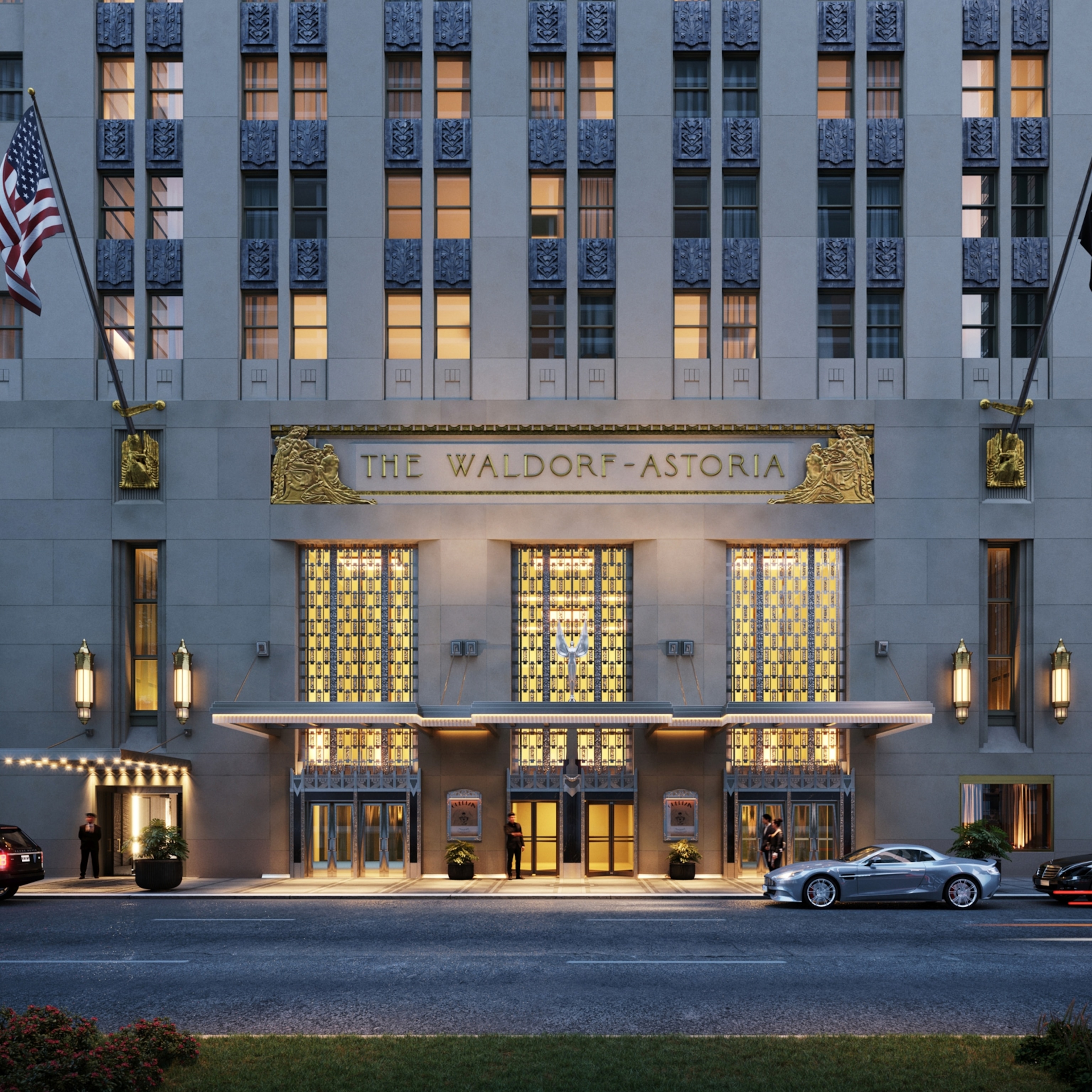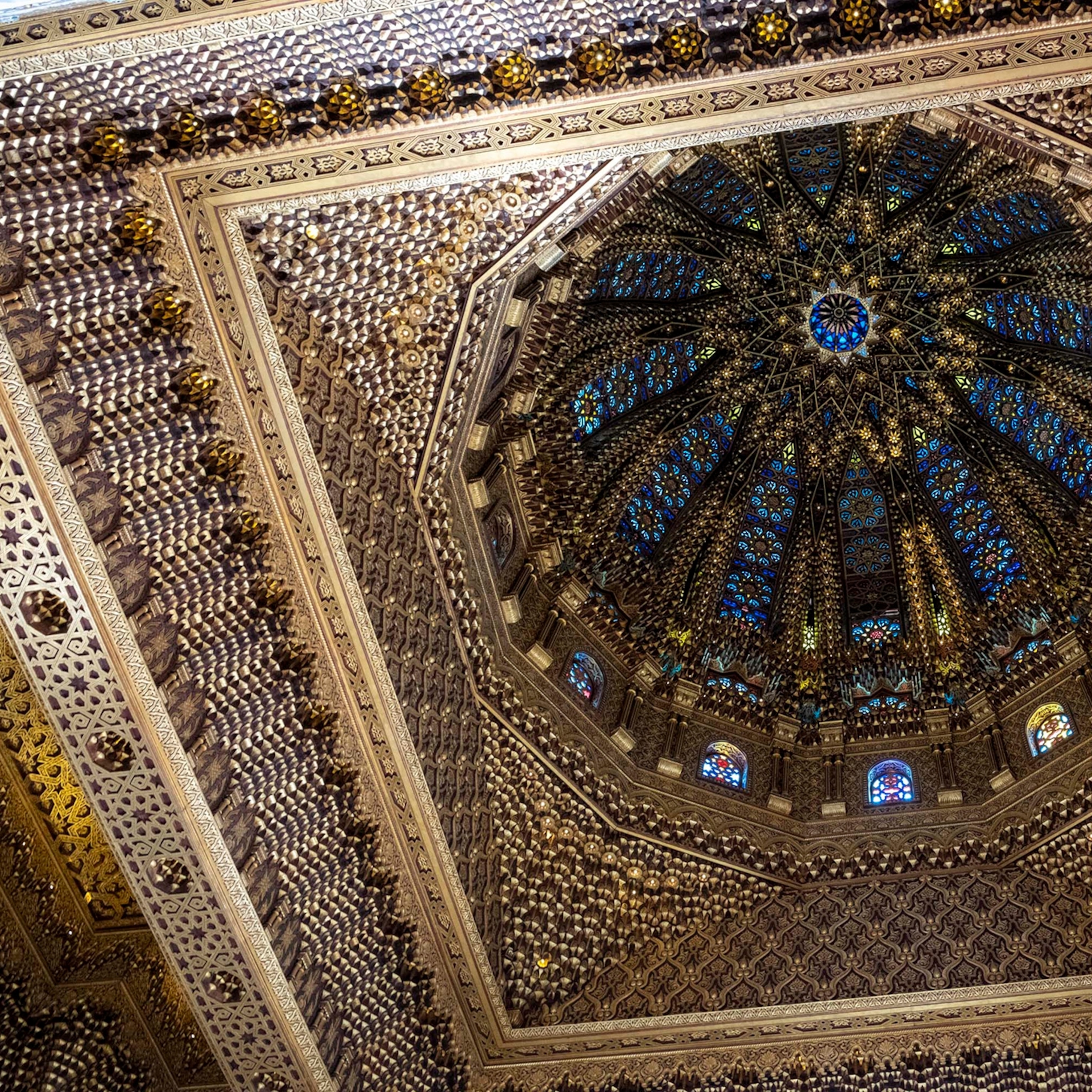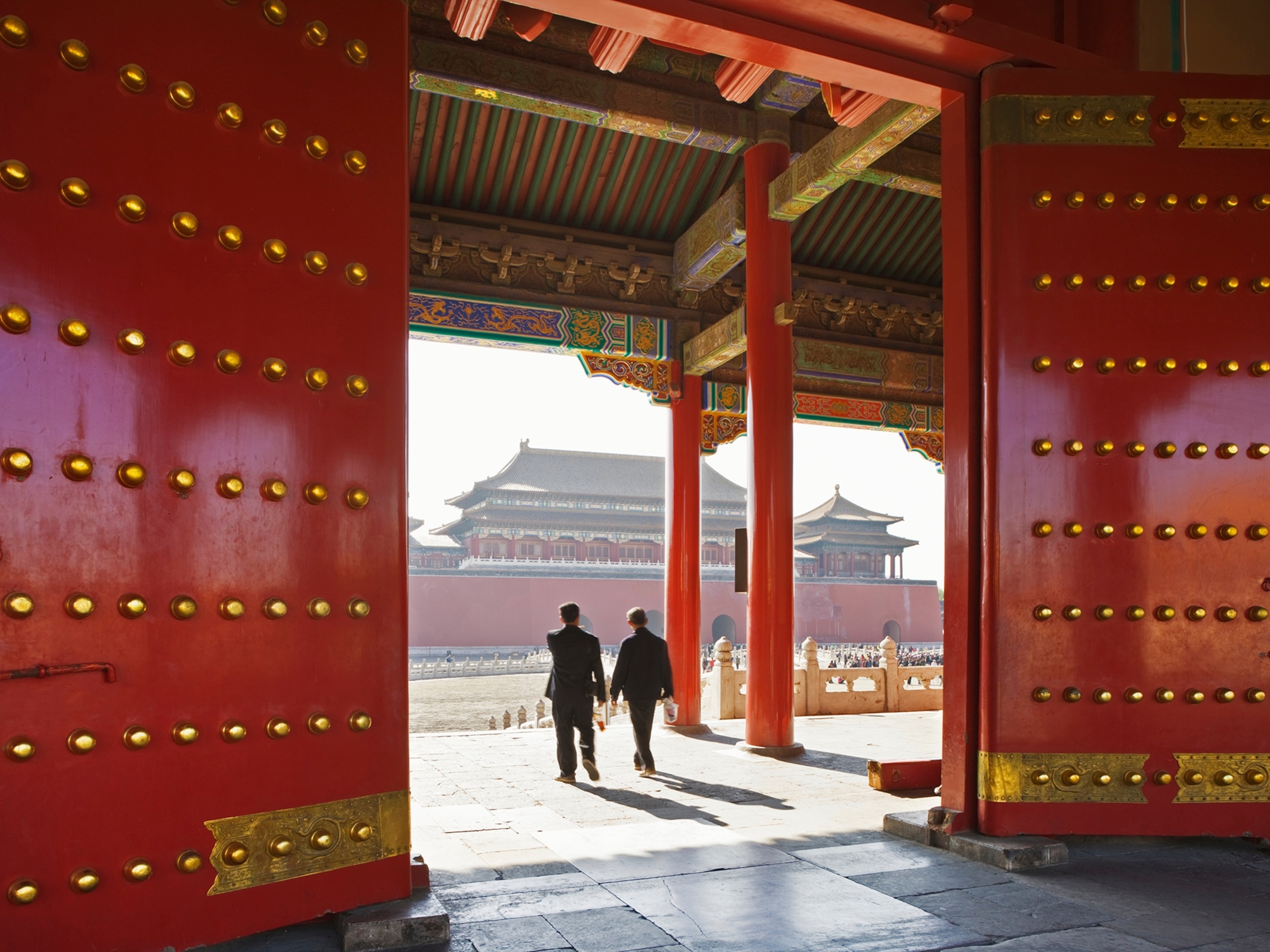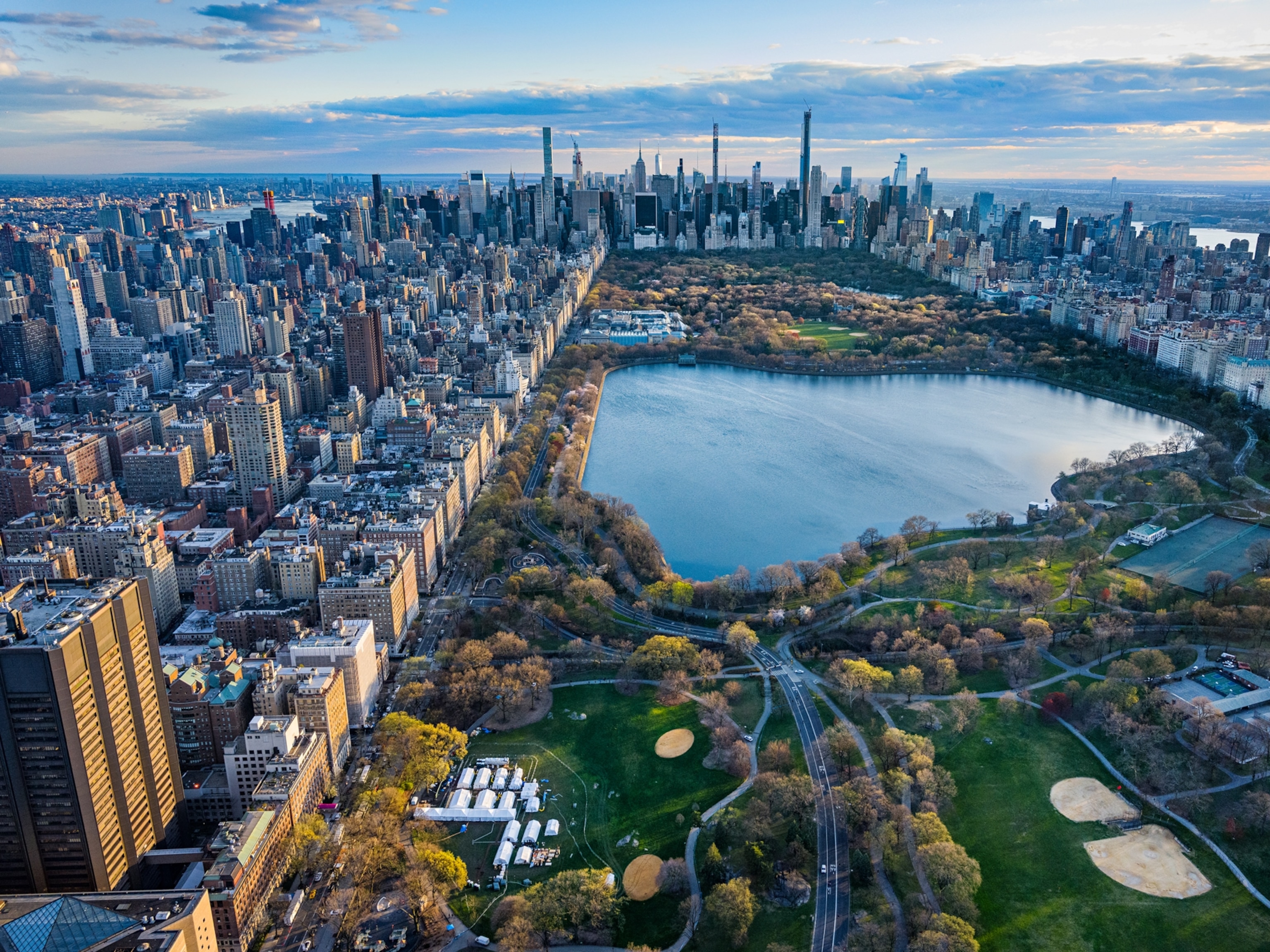
The Race to Save Architecture in Myanmar's Biggest City
As the nation opens up, preservationists are rushing to document and retain cultural icons from old Yangon.
YANGON, Myanmar—When Barack Obama visits Myanmar for a security conference today, he is unlikely to notice the vacant lot at 233-235 Upper Pansodan Street, in the heart of Yangon's chaotic downtown. But to the residents of Myanmar's largest city, the fate of the gracious structure that once stood there is emblematic of the nation's recent burst of "progress."
Through six decades of assault—the bombing of Yangon (Rangoon, as it was then called) during World War II, two military coups, a half century of isolation, and devastation by Cyclone Nargis in 2008—the apartment building on Upper Pansodan endured, its graceful arches and colorful patios sacrificing little of their elegance and charm to the torments of time, nature, and repression.
Then in 2013, three years into Myanmar's unprecedented political and economic opening up, the building succumbed to a force that proved too great to resist: development. (See "Myanmar's Tourism Boom Endangers Fragile Ecosystems.")
Construction workers took sledgehammers to it, until all that remained was a gaping hole in the downtown streetscape. Makeshift wooden scaffolding on the site portends the future: a bland 12-story condominium.
Today, similar scenes can be found all over Yangon, the crown jewel of the "Golden Land," as Myanmar likes to be known.

It's a reflection of the capitalist bent that Myanmar has taken on since 2011, when its isolationist military junta dissolved. Since Obama's first visit here, in 2012, Yangon has undergone a seemingly overnight transformation, with new construction reshaping its skyline—as well as its social fabric. The rapid changes are being driven in part by the simple economic logic of supply and demand but also by a flood of shady money and backroom deals, remnants of a system many in Myanmar thought they'd escaped.
"Over the past two years there's already been so much destroyed," said Francois Tainturier, a senior adviser at the Yangon-based Inya Institute, which sponsors research and training in Myanmar's fledgling social sciences community.
Gone are the wide pedestrian sidewalks and roadside tea shops that helped spur a rich and vibrant art community-victims of a plan to widen the roads to create more space for cars bought with newfound wealth.
Hulking monoliths of concrete and blue-plated glass are replacing fine old residential and government buildings. Only a few dozen structures from the colonial period, between 1824 and 1948, remain downtown, and many have fallen into decay and disrepair.
Amid this transformation, an alliance of artists, historians, government officials, community leaders, and activists has begun to document what remains of Yangon's heritage, working feverishly to preserve what still stands.
Although much, as Tainturier said, has already been lost, many architecturally or esthetically significant structures have hung on. The question now is how long they will last.
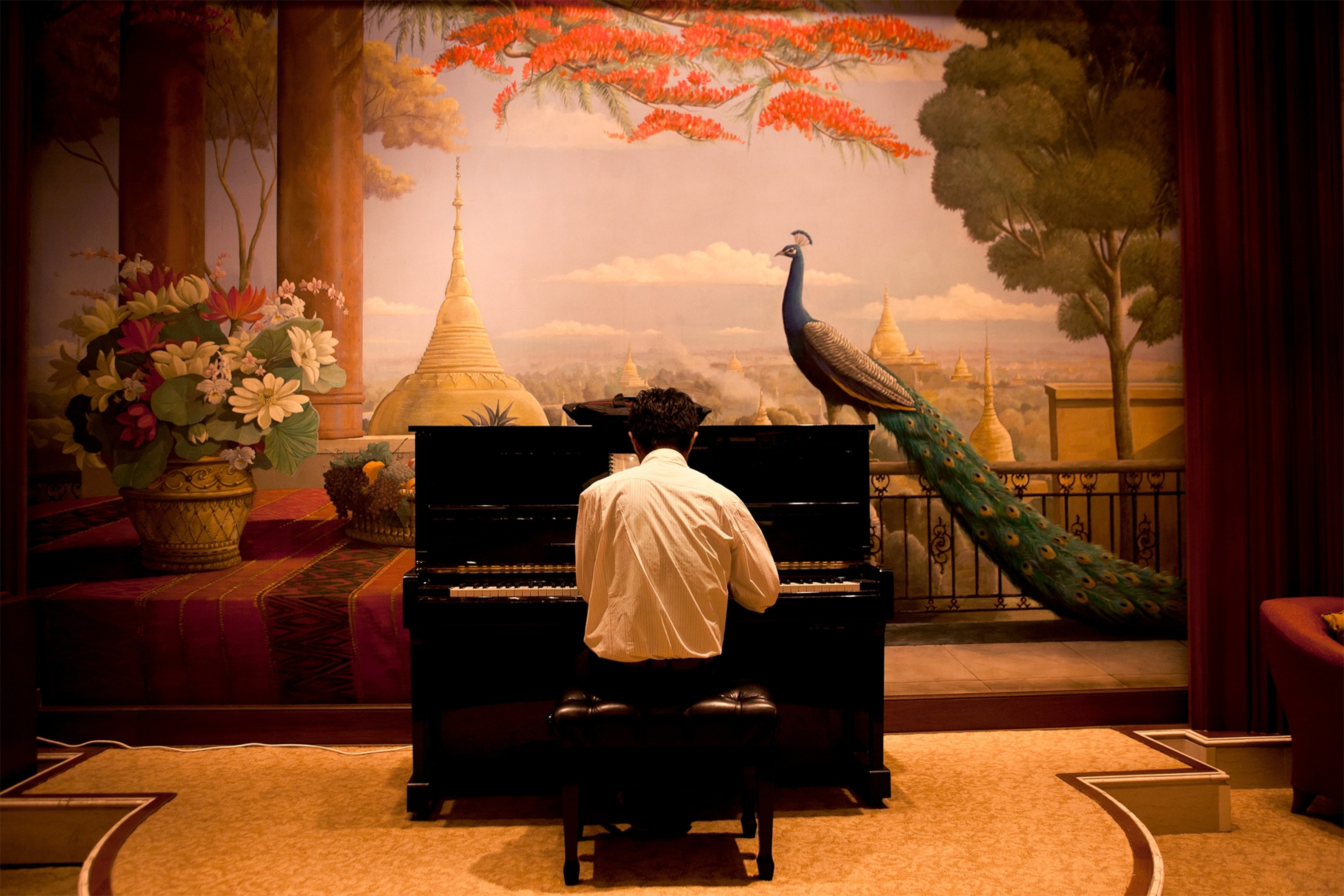
A Burgeoning Movement
Yangon's preservation movement began in the mid-1990s as a loose, informal network of passionate architects, photographers, and historians. At the time, the junta-led government considered every such organization highly suspect, so the documentation work was done surreptitiously.
"I never thought I was the best person for the job, but no one else was doing it, and I thought somebody had better do it," said Alfred Birnbaum, a translator who spent several years studying in Yangon in the 1990s.
Equipped with a camera and a questionnaire, he attempted to create a visual and oral history of the city's disappearing treasures—but he and his project aroused suspicion. Government officials and locals alike wondered why he cared about decaying old buildings.
"In the end," he said, "I had to hire a photographer friend to go around, and even he had to have his son pose in the picture many times to make it seem they were taking a picture of him, not the buildings."
Birnbaum's efforts, and those of other early preservationists, were spurred in large part by changes in downtown Yangon.
After the brutal suppression of a student uprising in 1988, a new military government took control, with an eye toward improving Myanmar's image by opening the economic system and encouraging tourism. Foreign capital poured in, and the urban landscape changed dramatically.
The most painful loss—the one many in Myanmar still bemoan today—was the demolition of an entire block of classic cinemas to make way for the Traders Hotel (now the Sule Shangri-La), near the famous Sule Pagoda.

The Sule neighborhood was the heart of Yangon, and those picturesque cinemas provided a rare and welcome escape. In just weeks they were razed, replaced by a concrete parking lot.
"This started the realization that these buildings would disappear if they weren't documented," Tainturier said.
The transformation is more than cosmetic: Yangon is losing the mixed residential buildings and public spaces that once earned the city renown for its tolerance and cosmopolitan culture. Neighborhoods—and even individual apartment buildings—are being segregated, unofficially, along ethnic or religious lines.
The fraying social fabric marks a worrying turn for a country still enduring long-simmering civil conflicts and whose second largest city, Mandalay, recently erupted in a spasm of communal violence that left two dead and many more injured. (See "Myanmar's Pending Ceasefire Jeopardized by Skirmishes Over Illegal Logging.")
And there are more architectural vanishing acts every day.
Towering old marketplaces, decorated with lacelike iron filigree forged a century ago in Glasgow, are being demolished in favor of nondescript new warehouses. Wooden homes and monasteries and well-kept Victorian mansions, once abundant on the outskirts of the city, are now a rarity.
Even nature is not immune to the push for more space. "Large, mature trees have been stealthily removed in the night—they're just not there the next day," said Virginia Henderson, an oral historian of Myanmar society and architecture.

Luxury of Preservation
Yangon's preservation movement has come of age under the aegis of the Yangon Heritage Trust, an NGO founded in 2012 to document, protect, and preserve Myanmar's historic buildings.
The trust has benefited both from the country's recent democratization and from the name and pedigree of its founder, Thant Myint-U, grandson of the beloved former UN Secretary-General U Thant.
"Thant Myint-U turned out to be an absolute godsend," said Nance Cunningham, an artist and writer active in the preservation movement, "because even if not everyone takes his advice, at least he can get the ear of people in power."
Already, just two years after the trust's founding, historic preservation has achieved a level of awareness and influence that once seemed improbable in a country where concerns over basic law and order, health, and education leave little room for such an apparent luxury.
Through public campaigns and behind-the-scenes negotiation with government leaders, the trust has saved notable heritage buildings and halted plans for massive new skyscrapers.
Development of a 38-story office tower at 555 Merchant Street, for instance, was stopped after the trust's public campaign persuaded President Thein Sein to personally intervene. The tower would have dwarfed two designated heritage buildings nearby: the century-old Indian Embassy and the former U.S. Embassy building.
Similarly, in December 2013, preservationists succeeded in saving Gandhi Hall, in the heart of downtown Yangon, from the wrecking ball. Once the home of the Rangoon Times, Gandhi Hall had also hosted the National League for Democracy following the tumultuous 1990 elections. A board of trustees tasked with managing the site had hoped to construct a 12-story apartment building, but the city government blocked the application.
Even as the preservation movement has gained momentum, though, the pace of destruction has increased. Along with new opportunities and freedoms, the reforms have brought an unprecedented influx of buyers and a surge in real estate prices—making the land beneath heritage buildings a precious commodity.
"Money is so fast, and power is so fast," said Aung Soe Min, a local artist who has partnered with Yangon Heritage Trust to document local heritage sites. "But what we can do is very slow."
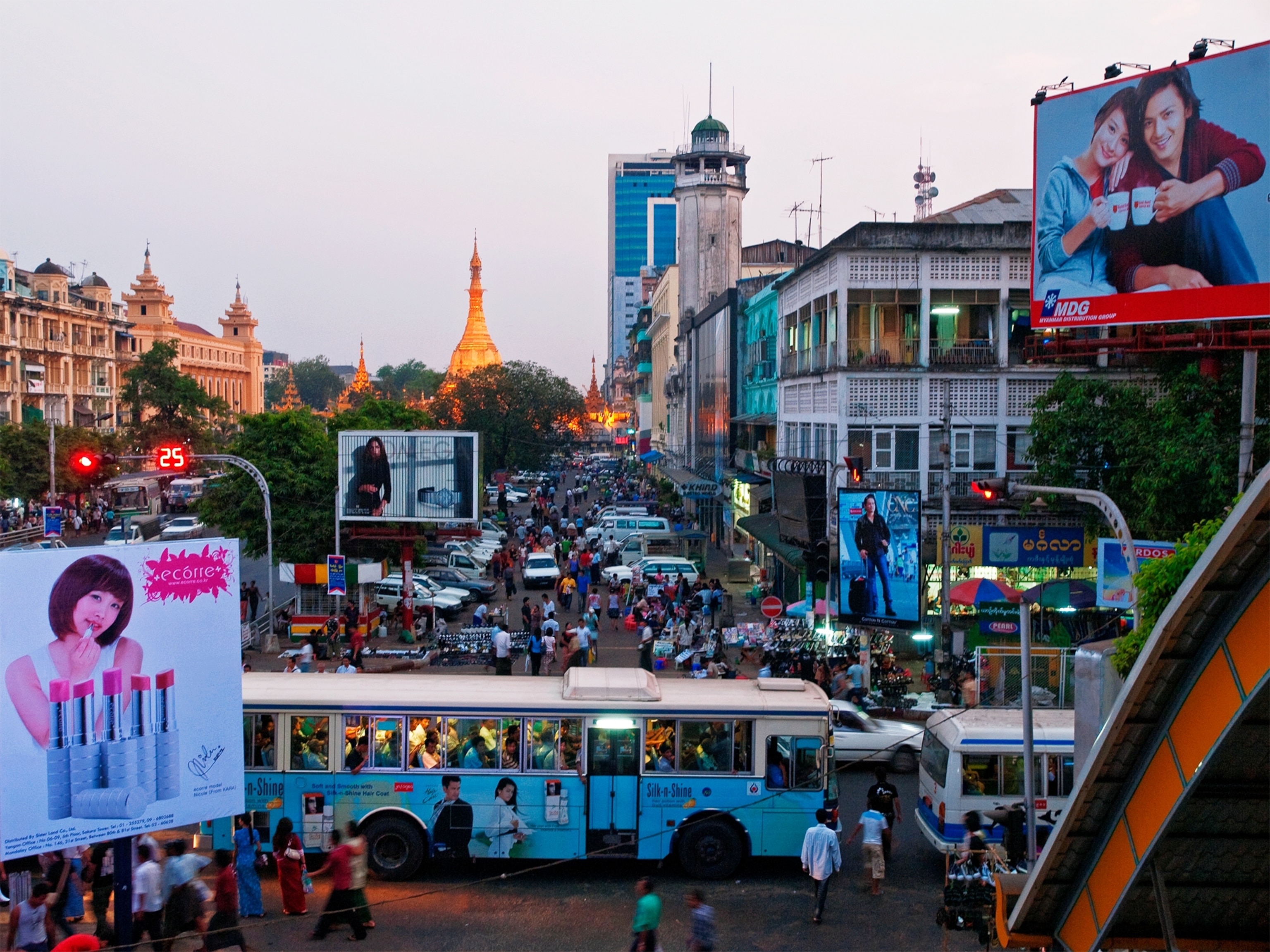
"We Cannot Wait for the Government"
The government, meanwhile, has failed to adequately fulfill its role as an impartial regulator. Basic zoning laws remain underdeveloped or unenforced, and local officials struggle to determine which buildings merit protection.
"We cannot wait for the government," Aung Soe Min said. "Every town, every village, every city, every group: Don't wait for the government. Just do it yourself."
Even an influential group like Yangon Heritage Trust retains only symbolic power without government cooperation. "We're not decision makers," said Laetitia Millois, a researcher with the trust. "We have no power. Without the government, we can't do anything."
Preservationists' efforts to emphasize that old can be beautiful, clean, and modern are therefore aimed as much at local government officials as at the wider public.
What's at stake for Yangon is more than just beautiful architecture. As Daw Moe Moe Lwin, the director and vice chair of Yangon Heritage Trust, said, the buildings, neighborhoods, and spaces are living memories of Myanmar's history, good and bad.
"Many people still ask, 'Why are you doing this? It's a waste of time. Why can't we live like other cities, in high-rises?' " she said. "I think this is shortsighted. Our job is to make people realize that what we have, no one else has it. If you're going to look forward, then you have to appreciate what Yangon has."
